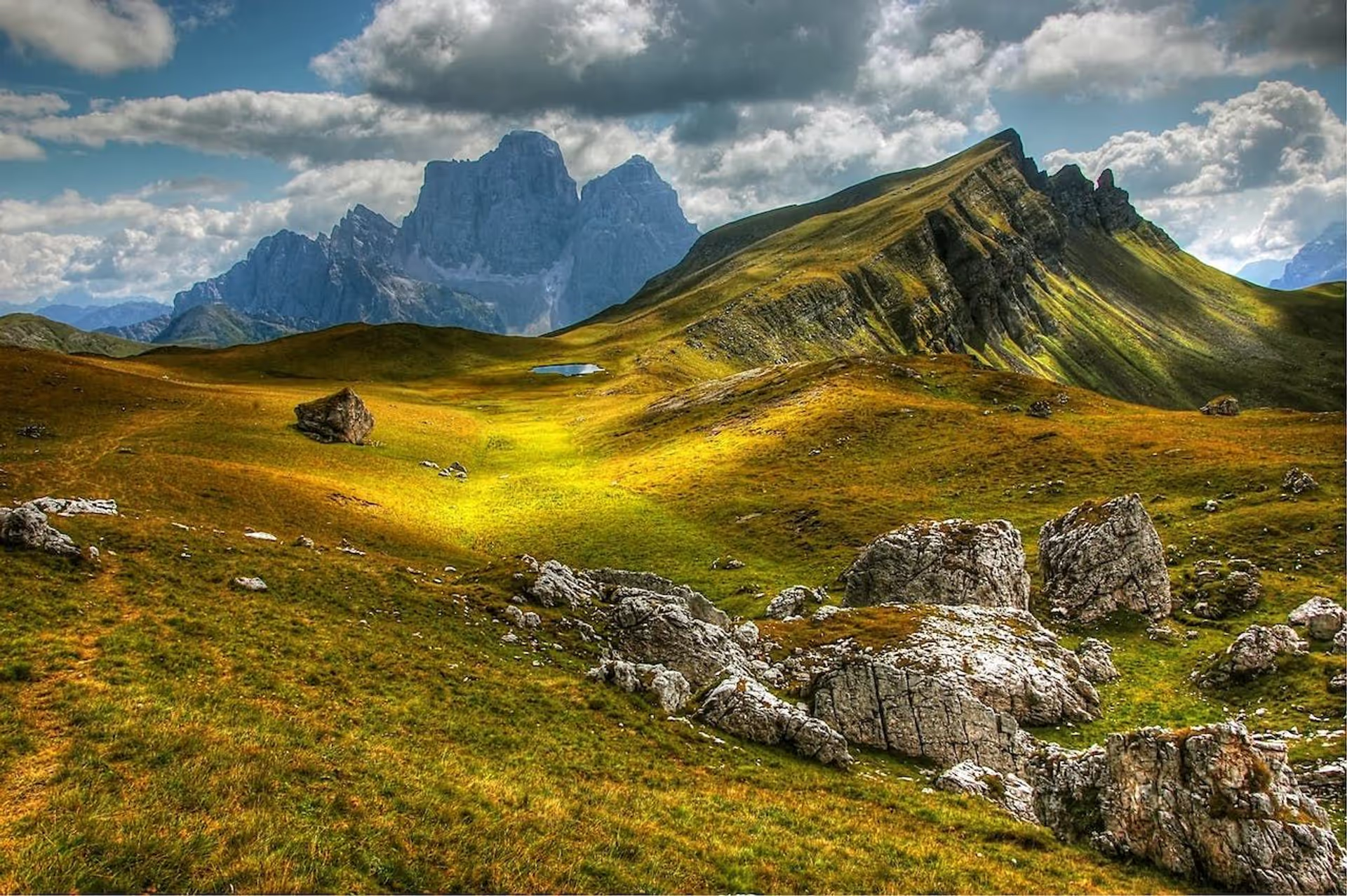Level Design Tips and Best Practices
Level design is a crucial aspect of creating an engaging gaming experience. In this article, we’ll explore essential tips and best practices to help you elevate your game’s level design, even if you’re on a tight budget and even if this is your first time.
What is Level Design?
Level design involves crafting captivating game environments, maps, and challenges to offer players an enjoyable and meaningful experience within each level. It’s a complex and creative process that requires a game designer and level designer to oversee it. The process involves creating levels that align with the game’s theme and narrative, offering players consistency with the overall gameplay.
The Evolution of Game Level Design
Video game level design has evolved significantly over the years. In the past, technical limitations influenced linear and straightforward designs. However, technological development has brought more creative freedom, allowing game designers to create more immersive and complex game worlds. It’s important to know your game engine’s limitations, platform constraints, and available resources. Knowing these limitations upfront enables you to set realistic goals and save time on impractical ideas.
Top tips for better game level design
Producing Ideas and Creating Structure
After identifying your limitations, get creative by drawing preliminary ideas, imagining the layout, and taking into account the significant landmarks and obstacles. Create a basic framework that suits your game’s theme and narrative to ensure coherence in the gameplay.
Visualizing Better with Bubble Diagrams
Bubble diagrams help you visualize connections between different areas and elements in your level. Use them to represent important locations and challenges, and visualize your game levels through a bubble diagram.
Rough Maps and Finalizing Your Game Level Design
After visualizing your game levels through a bubble diagram, you can then create rough-level maps that emphasize the overall layout, key landmarks, and gameplay elements.
Focus on the big picture and overall design, while continuously considering players’ progression. By doing this, you can plan and refine your game design for optimal player experience.
Game leveling best practices
Design with Purpose
Ensure every element in your level serves a purpose and contributes to the overall game experience. Avoid adding elements solely for decoration; instead, align each design decision with the game’s mechanics, story, or emotional journey.
Focus on Authenticity and Immersion
Immersive level design captivates players, making them feel part of the narrative. Pay attention to environmental storytelling, incorporating realistic imagery, audio, and atmosphere. Make the game world dynamic with weather effects and non-playable characters for an authentic experience.
Balance Challenge and Reward
Strike the right balance between challenge and reward. Design challenges that stimulate players without overwhelming them. Strategically place rewards to motivate exploration, ensuring players feel a sense of accomplishment and progress.
Playtesting and Iteration
Playtesting is crucial for identifying strengths and weaknesses in your level design. Gather feedback from different players, observe interactions, and refine your design based on their experiences. Continuous iteration is key to creating a polished and enjoyable gaming experience.
Essential Tools for Level Game Design
Selecting the right tools is essential for effective level design. Consider using tools like Unreal Engine, Unity, Houdini, World Machine, Substance Designer/Painter, Maya, 3ds Max, Tiled, Photoshop, and GIMP, depending on your specific game project requirements.
Conclusion
By following these tips, we hope that you can master the craft of level design, creating memorable and immersive gaming experiences that resonate with players everywhere. Remember, there are no strict rules, so experiment and have a good time!
